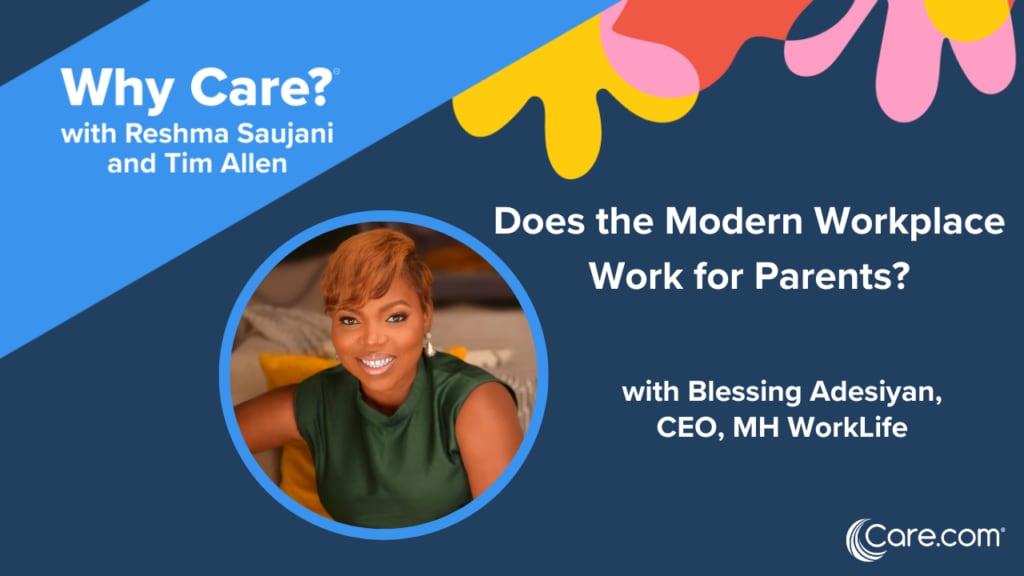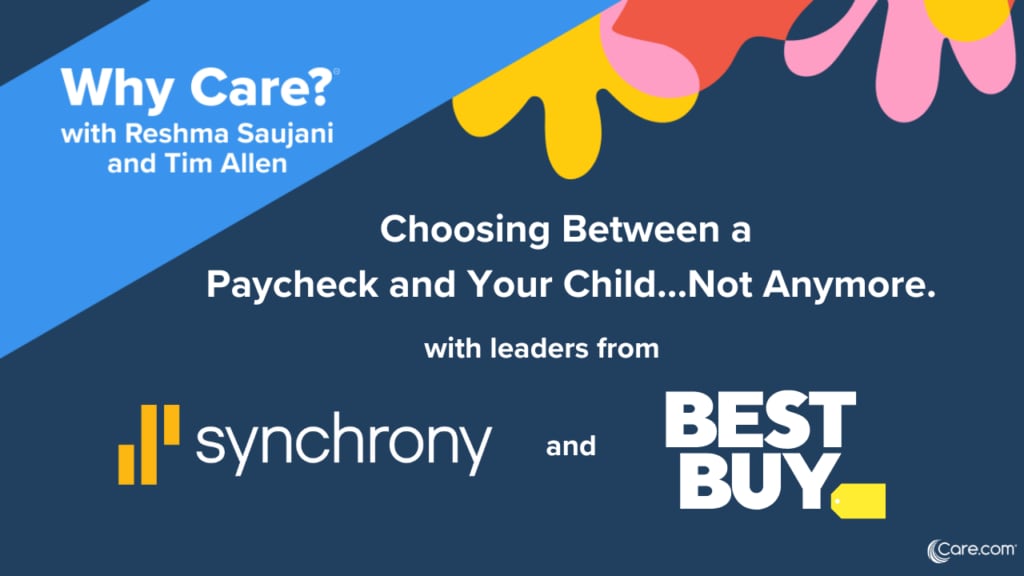As modern dads look to take more active roles in parenting and caregiving than generations past, it’s becoming increasingly important for companies to support new dads in the workplace.
“More companies are realizing that a long-term commitment to their employees is important for sustainable success,” says Scott Behson, a professor of management at Fairleigh Dickinson University and author of The Working Dad’s Survival Guide. “Recognizing employees as whole persons – including their family lives – is increasingly important.”
For example, 90 percent of dads say paternity leave is important. But equally important from the organization’s perspective is ensuring new dads are able to make a smooth transition to – and return from – whatever paternity leave they take. By having clear, flexible and scalable paternity leave transition plans, you’re creating a win-win scenario in which dads feel supported in their choices to be involved caregivers and you’re mitigating disruptions often associated with parental leave.
So here’s a look at some ways companies can help working dads transition back from paternity leave.
- Establish Formal Transition Programs
Companies are becoming more aware of the importance of including dads when developing programs to help with transitions to and from parental leave. One example is EY’s Career and Family Transitions coaching initiative, which supports both men and women in the company when welcoming a new baby. The company’s internal executive coaching team has dedicated coaches who spend the majority of their time helping working parents through both individual and group sessions held before and after the arrival of their new addition. - Proactively Acknowledge the New Addition
While dads are not used to baby showers or co-workers making a big deal about a new addition to the family, recognizing a new dad or father-to-be with an in-office celebration before or after leave can send an important signal that you’re aware of and celebrating this important life event. This might seem small, but the message it sends can be immense, considering that research suggests dads don’t want to “out” themselves as involved caregivers out of fear of how they’ll be treated and potential consequences for their careers. - Plan for Flexibility
Part of your transition plan should include planning for flexibility. Before an expectant father goes out on paternity leave, discuss flexibility options available to ease the transition back from leave. This could mean allowing him to work from home a day or two a week, as he adjusts to new sleep patterns and his partner adjusts to being home alone with the baby for the first time. This kind of flexibility can help a new dad get back into the swing of things more quickly and help his team transition projects back to him in a manageable way. - Map Out the Transition
Getting the transition mapped out ahead of time goes a long way to ensuring successful execution of the plan. Managers should work with employees to create plans, discuss expectations and work out timelines for turning over projects, deadlines and deliverables expected to come up during the leave. Do the same for the back-end, articulating when you can expect the employee to resume control over any projects and clients that colleagues have been handling during his absence. The more clearly defined the details, the smoother the transition. - Put Yourself in His Position
Don’t overlook the fact that a new dad’s first few days back are likely to also be the first few days this partner will be going solo on baby duty – or even the first few days his little one will be in the care of others. Expecting too much too soon could potentially strain the transition back rather than supporting it, so keep that in mind. “I recognize the instinct to throw a lot at someone who’s been on leave for a few and ramp them back up to speed quickly,” says Behson. “However, employers, managers and colleagues should be careful to respect the returning dad’s need for time and some space to process their new routines.” - Train Managers
One of the most important – yet potentially overlooked – aspects of parental leave transition planning is the role of the manager. You can have all the family-friendly policies imaginable, but if they’re not put into practice at every level of the organization, then they’re little more than window dressings. To ensure smooth transitions to and from parental leave, managers should be educated in leave policies and trained in how to support employees going out on or returning from paternity leave. The better managers can understand the challenges and help employees work through them, the stronger the team will be during this time of transition. - Encourage the Formation of Affinity Groups
Working parents groups, or even dad-specific affinity groups, can provide built-in support systems for new dads who might not want to let on that they’re struggling with work-life balance. Putting them in the company of other men who have shared experiences provides a friendly environment where they can find an in-office network of support. For example, Twitter runs “Dads on Leave” roundtables to bring together these employees going out on leave and those returning, allowing them to share experiences and best practices. - Provide Child Care Assistance Benefits
Finding and budgeting for child care is a major challenge – and high stress experience – that often plays a significant role in the career choices that working parents make. Providing child care assistance benefits, such as help finding care or subsidized backup care, can take a major load off of working parents – both mothers and fathers – and remove a key pain point working parents have to check off their list before they can return to work. - Communicate, Communicate, Communicate
Whether through employee resource groups, new parent packets or one-on-one communications with a manager or HR, make sure new dads are aware of all of the work-life benefits available to them that could help at this important life stage. For example, Care.com’s second Cost of Care survey found that less than 40 percent of parent employees were aware that FSAs could be used to help offset the costs of child care.






